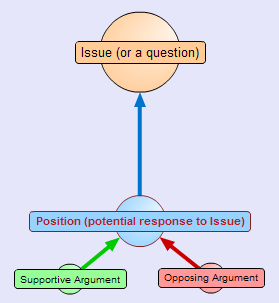http://managementcapability.blogspot.com/
http://dataquality12.blogspot.com/2011/12/transaction-capabilities.html
As the system of record supplies the combination of each grouping to the transaction capability.
Financial Management-Company, location and general ledger codes-project codes supply the link with the following;
Party Management - expense headcount by the relationship with a department code from the offer capability.
Offer Management - A hardware, software and service or tangible and service types-Ideally have a revenue treatment association with an item template to manage the different revenue handling requirements.
department code represents the Business Unit or in these high risk models often a grouping of departments.
In standard mature models-a single code has been defined due to the maturity and proven solution in an indirect resale model.
Each year, the 30% risk models get re-assessed in a very aggressive evaluation or justification process. (when well defined business and quality management systems exist). If all goes well, both transaction capabilities refer to the above 3 management capabilities to allocate the next years budget (plan/allocated spend).
Investment to sustain a high risk model.
A company code, a general ledger charge code with a project code and expense account dollar allocation an expense transaction will allow based on the department code applied to an expense transaction.
Your question specifically has been rather disruptive;
The end of life phase has one audience that isn't understanding the need to upgrade or release the responsibility. In the later, I question the type of resource involved. A higher skilled resource, more than 10 years in solution selling as an example has the best success rate for closing these end of life products that a company ends up losing based on the higher probability of not being compatible with current technology.
When a risk model get's de-scoped from the strategy, these available dollars for the next years plan do not exist and cannot be processed in expense management systems. If you are in IT and asked to allow a capability that isn't controlled by the ongoing budget. You are potentially introducing a risk, beyond the 30% that looks like a ton of adjustments or negatives on the expense or revenue transaction capabilities.
Expense Transaction source has a value applied to information from the management capabilities above.
Revenue Transaction source has a monthly deferral applied to any current solution under contract.
An offer type defined by the business unit general ledger code, combined with a location and department code=expense transaction activities would be available based on the allocation.
Basically one of the combinations only retains an expense and revenue transaction linkage for a current solution under contract.
The revenue from the remaining months under the current contract was deferred by corporate finance for any months within the Revenue Transaction capability. The resources, in high technology for example may be a payroll expense for a full time onsite resource which should be an expense associated to the revenue.
Those who are not funded become part of the end of life policy and procedure "IF" any of the solutions were introduced as a future sale beyond market trials. An organization would need to cover the offer with allocation specifically funded to support those covered contracts. This period should not exceed, serving as a way to upgrade the solution with the current or newest solution in the offer family.
the structurefinancial incubation either continues through investment or phased to end of life.
Within the first three, the process of either maturity according to industry definition.
Matures to the next phase-or in order to bring forward new, something must be retired from the risk phase.

No comments:
Post a Comment